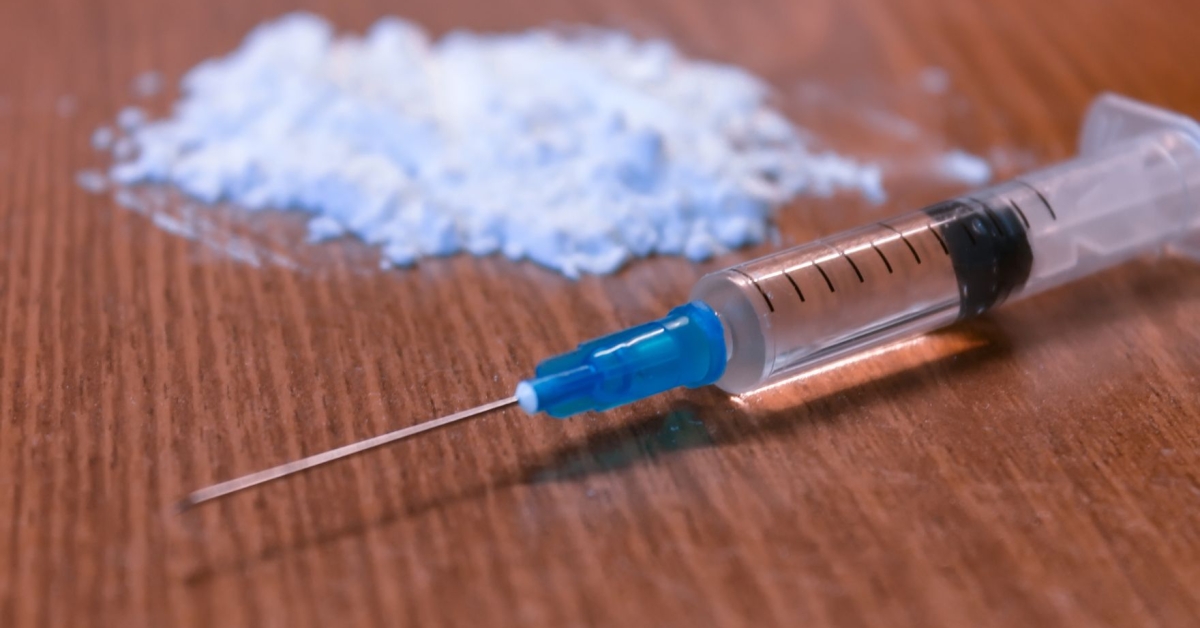A new study from researchers at the Johns Hopkins Bloomberg School of Public Health sheds light on how people who inject drugs (PWID) are responding to the growing instability and danger in the U.S. illicit drug supply. Despite facing structural vulnerabilities, participants in the study demonstrated a keen awareness of changes in drug quality and content, and many are taking proactive steps to reduce their risk of overdose, injury, and other harms.
Published July 24, 2025 in the journal Drugs: Education, Prevention and Policy, the qualitative study explores the experiences of 23 PWID in Baltimore City, where a growing number of opioid-related deaths and the emergence of new, harmful adulterants like xylazine have made drug use increasingly perilous. Participants reported encountering potent and unpredictable drug combinations and described cognitive, behavioral, and social strategies they use to navigate this new reality. Notably, the paper’s publication comes just two weeks after a mass overdose in Baltimore’s Penn North neighborhood sent dozens of people to the hospital in the span of a few hours and tests revealed unfamiliar ingredients.
“We found that people who inject drugs are not indifferent to the risks they face,” said lead author Abigail Winiker, PhD, MSPH, an assistant scientist in Health Policy and Management and program director for the Bloomberg Overdose Prevention Initiative. “They are making conscious decisions every day to protect their health, whether that’s testing a small dose, avoiding injecting alone, switching to less risky methods of use, or sharing safety information with peers. These are intentional harm reduction strategies grounded in knowledge and a desire to stay safe.”
The U.S. continues to grapple with a historic overdose crisis, with over 107,000 deaths reported in 2022 alone. Fentanyl and its analogs now dominate the opioid supply, but new substances, often unknown to users, are increasingly present. Participants in the study described a “wildcard” market where real heroin has been replaced by unpredictable blends, sometimes laced with benzodiazepines, dissociative agents, or tranquilizers like xylazine, which are not meant for human consumption.
The uncertainty has led to intense fear and physical harm among PWID, with many recounting a range of adverse reactions from illicit substance use, including blackouts, seizures, severe wounds, and overdose. Despite the increasing risk associated with these drug market changes, most participants reported having no access to a reliable source of information about the composition of the drug supply, making it challenging to adapt in the face of new additives. Most knowledge about specific risks or harmful batches was passed on through word of mouth, which could perpetuate rumors and the spread of misinformation.
Individual and Collective Adaptations
The study highlights the wide array of harm reduction strategies participants use to mitigate risk. Cognitively, many indicated thinking about their drug use in terms of personal health and family responsibilities, with some expressing a motivation to seek treatment or abstain from use entirely in the face of an increasingly risky drug supply.
Behaviorally, PWID described strategies such as taking smaller test doses, sniffing instead of injecting, and having someone present who could administer naloxone if needed. Socially, trust played a critical role; participants emphasized returning to known sellers who warned them about potent batches and relying on peer networks to spread information about adverse events or dangerous batches in circulation.
“These strategies reflect a deep sense of agency and adaptability,” said Winiker. “Our findings debunk the dangerous myth that individuals who use drugs are reckless or disconnected from their health. This false narrative perpetuates stigma and limits our ability as a society to recognize the incredible resilience and strength of people who use drugs.”
Policy and Programmatic Implications
The authors argue that these findings should inform more responsive public health policies and harm reduction programming. While fentanyl test strips can be an effective intervention, many participants noted that fentanyl’s presence is now expected, but what they fear are the unknown additives they cannot identify or test for, such as those that were found in the case of the mass overdose two weeks ago. Universal drug checking services, real-time supply surveillance, and mobile harm reduction outreach are critical next steps, the study concludes.
The research also points to the urgent need to remove structural barriers to harm reduction. In many states, drug checking equipment is still considered illegal paraphernalia. Criminalization and stigma continue to limit access to lifesaving services, especially among those who are unhoused or medically underserved.
“People who inject drugs are doing their part to reduce harm,” said Winiker. “It’s time to reform our systems so they stop making it harder for them to do so, by legalizing drug checking, ensuring individuals with lived experience have leadership roles in overdose prevention and response efforts, investing in safer supply programs, and ensuring that stigma and punitive laws don’t block access to care.”
The study was conducted as part of the SCOPE Study, a project led by Dr. Susan Sherman to design an integrated drug checking and HIV prevention intervention. It was supported by the National Institute on Drug Abuse and reflects growing interest in how PWID are adapting to the post-fentanyl era.
